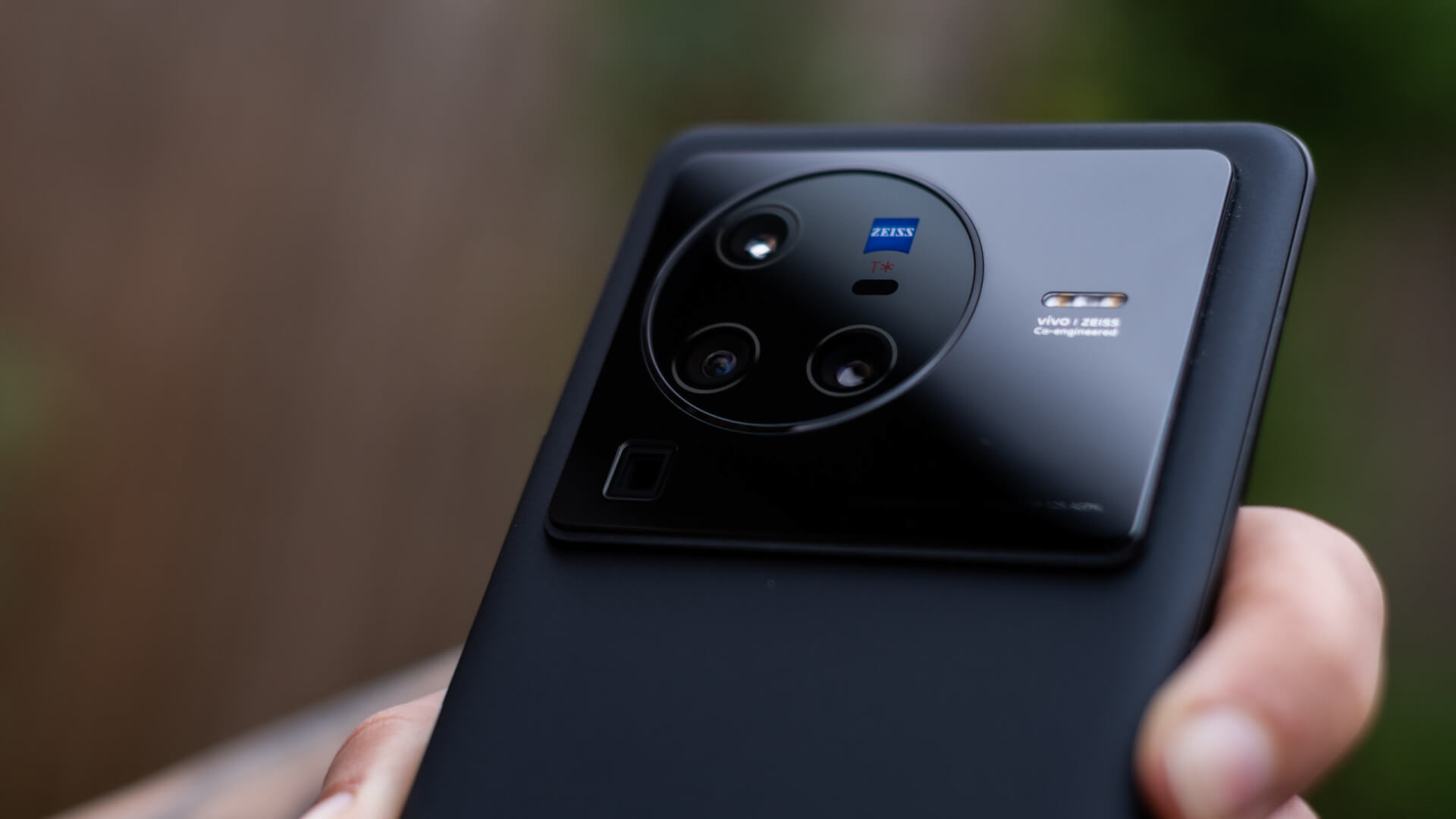Vivo X80 Series was released in China a couple of weeks ago and now, at long last, the devices are on their way to the global market. Vivo has also continued its collaboration with Zeiss for these devices and for good reason: the cameras are a delight and the new features that come bundled up with them definitely put the smartphone in the spotlight. More about that, in the Vivo X80 Pro review below!
I have been offered the chance to test the Vivo X80 Pro and the device is a testament to how Vivo learns from every iteration of its X series. But let’s start from the beginning.
Vivo X80 Pro: Design
The X80 Pro features a 6.78-inch waterfall/curved display – a look that you either love or hate. This display type first rose to prominence in 2020. It then fell out of style but it seems to be making a comeback as of this year.
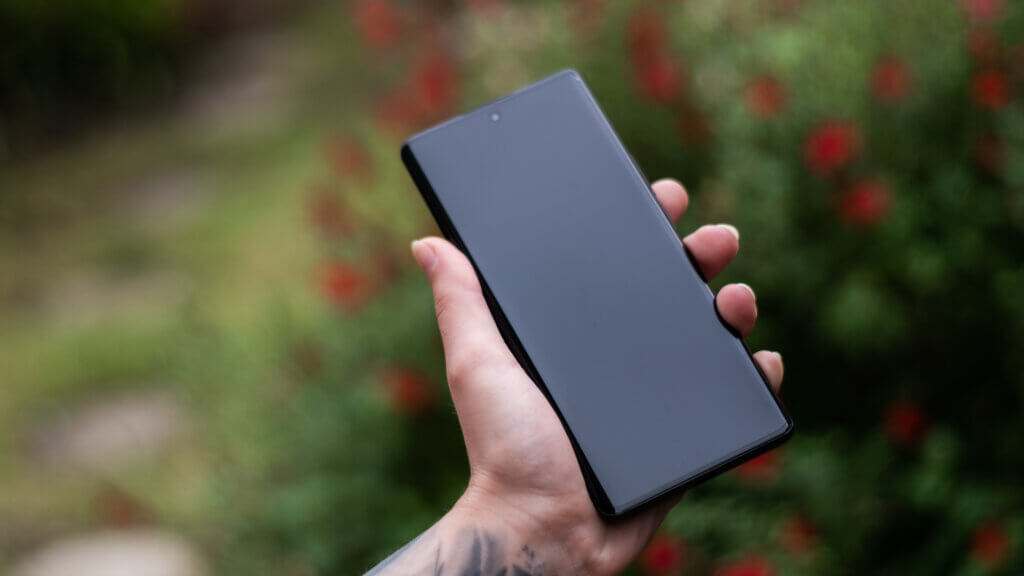
It so happens that one of the devices that really pushed the waterfall display into the spotlight was also Vivo-branded: the NEX 3, to be more exact. Unlike the NEX 3 however, this display does not stretch all the way around the edge but stops just in time to make room for the power and volume rocker on the right side.
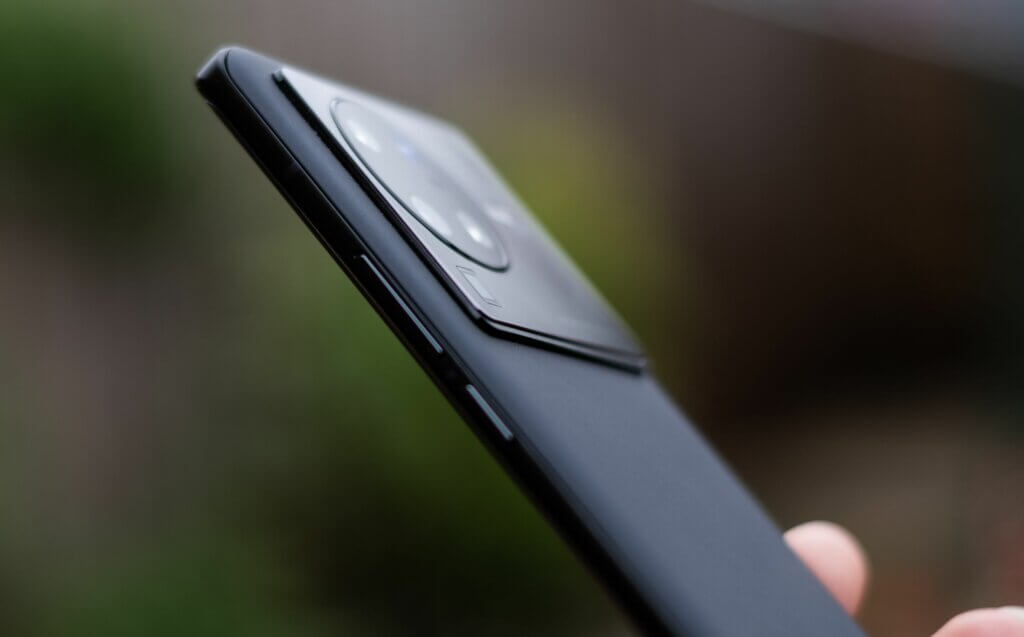
X80’s predecessor, the X70, featured a rectangular camera housing on the back but this time the company decided to go big and chose to cover the upper part of the phone’s rear with a square module, accompanied by a round circle motif. The camera bump is pretty small, which is a surprise considering the lenses and features it’s packing.
The Zeiss branding is fairly obvious and the overall look of the module is pretty in-your-face. That’s not a big issue but it’s easy to get stressed about damaging the cameras even if they are protected by a combination of Fluorite AG and ceramics.
At the moment there are very few cases available for this device online and the one that comes in the box does not offer a lot of protection.
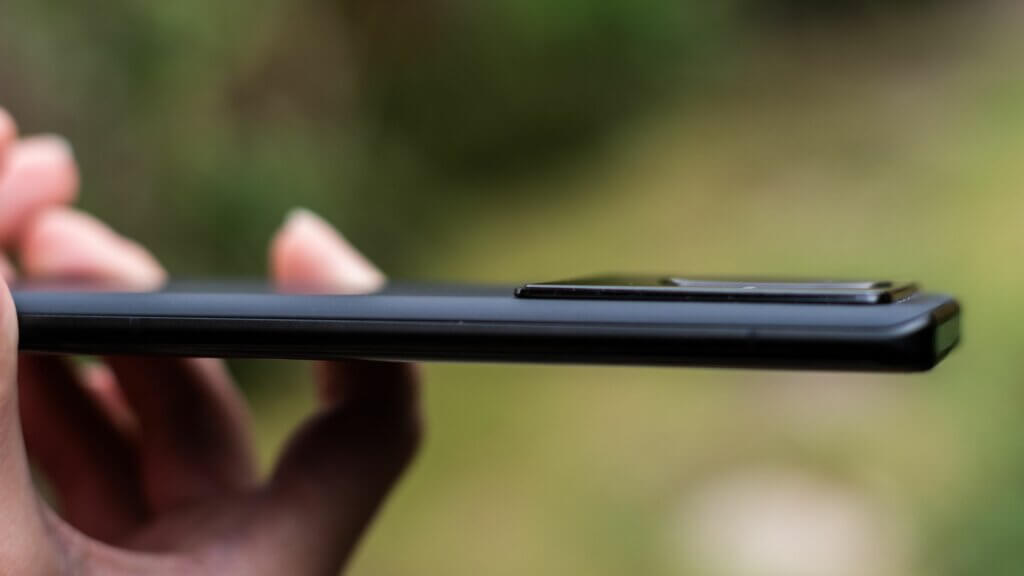
The phone has curved edges and a matte, smooth back finish. It’s fairly light and slim but still difficult to fit in a pocket.
For someone who has small, T-Rex hands such as myself, it’s a little difficult to use with just one hand if the need arises but then again this specific issue is particular to me and shouldn’t really factor in your decision to purchase it.
The Vivo X80 Pro only comes in one color: Cosmic Black. According to Vivo, this choice was made as it reflects “the broad and profound nature of the night sky, along with the everlasting power of the universe”. Quite poetic.
Vivo X80 Pro: Display
The phone’s WQHD+, LTPO display can achieve a dynamic refresh rate of up to 120Hz. It features a 3D Ultrasonic Large Fingerprint Sensor. No complaints here: it’s accurate and fast. I have used the sensor with damp hands and it worked just fine.
The phone’s display is notchless but the selfie snapper is placed smack in the top middle of the screen.
It’s not a big issue, however it does get distracting when watching videos or playing games. You get used to it but it is a bit of a questionable choice in terms of display design.
Vivo X80 Pro: Specs, Performance and Gaming
In China, the phone launched with the Dimensity 9000 chipset under the hood but the global version features Qualcomm’s Snapdragon 8 Gen 1 chipset. You’ve probably heard enough about both these chipsets by now to know they are two of the most powerful chipsets of 2022.
The Snapdragon 8 Gen 1 features an advanced 4nm process and has an Armv9 CPU architecture. Overall, it has seen an increase of 20% in performance when compared to the Snapdragon 888.
That is easy to notice from the moment you start scrolling through the phone – navigating the menus and the apps is a breeze. The whole series, not just the Pro version, comes with Enhanced LPDDR5 RAM and Enhanced UFS 3.1 flash memory.
The phone is snappy. Caching and app retrieval is a dream and the phone knows when to reduce power consumption in order to focus on a smooth running experience. Even with a number of apps open, installs and uninstalls, messages and calls going through the day, the X80 Pro kept going without a hitch.
The device also has a VC cooling system that comes with 27 layers of heat dissipation structure. Compared to its predecessor, the X80 Pro has seen an increased thermal plate area by 22%, while the graphite plate area has increased by 62%.
Vivo X80 Pro does heat up quite a bit when fast charging or when recording videos in 4K and taking a lot of photos, which is to be expected but it cools down pretty fast afterwards, even when playing games.
And speaking of gaming, the Vivo X80 Pro features a Gaming Assistant that you can find on the left side of the screen whenever you open a game on your phone.
It offers you useful data such as CPU and GPU information and allows you to choose from a Battery Saver Mode, a Balanced Mode and a Performance Mode. Other features that you’ll find in this menu are Game Frame Interpolation, Eagle Eye View, picture-in-picture WhatsApp integration as well as a Record Screen option.
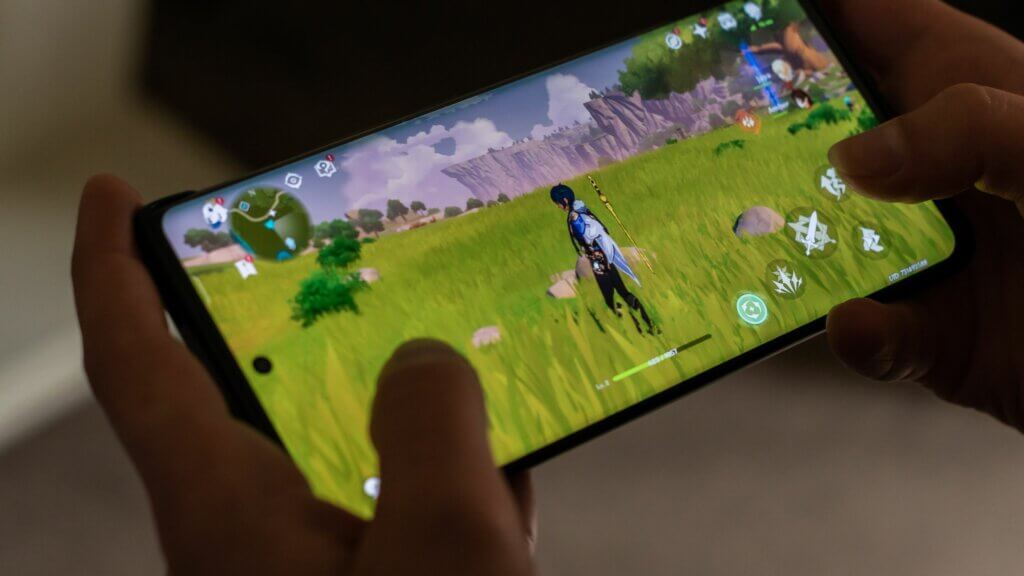
The phone has an X-Axis Linear Motor, supported by Vivo’s vibration algorithm. This allows for a powerful sound-based vibration but without too much noise.
There’s also the AI Gaming Super Resolution feature that reduces the CPU and GPU workload. Thanks to this, battery consumption has been reduced by 10%.
Vivo X80 Pro: Software
The global version of the device is equipped with FuntouchOS, which has not changed all that much but there are two new features available: Screen Pinning and Approximate Location, both of which are part of Vivo’s ongoing plans to expand the privacy and security capabilities of its devices.
If you haven’t used FuntouchOS, it’s similar to stock Android so the experience is not very different. While this operating system was a little shaky when it first came out, it found its footing eventually – it runs smooth and it’s very intuitive.
The unit I was sent for review did come with a handful of bloatware however, such as Jovi Home, the Vivo Game Center, V-Appstore and others. They are easy to uninstall if you are not interested but it’s worth noting that these apps have significantly improved over the years.
While the Game Center or the Vivo Appstore doesn’t feature as many free items as, say, Google Play, it’s still worth playing around with it for a bit.
I downloaded a widget pack from the V-Appstore that allowed me to create a better visual user experience for myself, but then again, I do like a little pizzaz. If you prefer to keep it simple, then these apps can be easily uninstalled.
Vivo X80 Pro: Battery
The X80 Pro has a 4,700mAh battery with 80W wired FlashCharge. If coupled with a charging base, the phone can charge at 50W wirelessly.
The device charges crazy fast, I’ll give it that. It took roughly around 37 minutes to charge the phone from 1% to full. I didn’t need to worry about forgetting to charge it before bed either; it was enough to plug it in while I was making some coffee and by the time I was ready to walk out the door, I had more than enough charge to last me through the day.
On a full charge, after using the phone for a regular amount during a work day (including phone calls, social media checks and WhatsApp messages, plus some music-listening in between), I found myself with around 10% worth of battery left.
Vivo X80 Pro: Cameras
We’re finally here, about to see the star of the show: the Vivo-Zeiss Co-Engineered Imaging System.
There’s a lot to discuss here, so buckle up.
The Vivo X80 has a four-camera system on the back consisting of a 50MP main snapper, a 48MP wide-angle camera, a 12MP gimbal portrait camera and an 8MP periscope camera. On the front, there is a 32MP selfie snapper. Needless to say, in the photo and video sector, the phone is a stunner.
The Zeiss T* Coating
To begin with, the cameras are Zeiss T* coating-compliant which, according to the two companies, ensures ‘enhanced visible light transmission rate, improves image quality and accurately reproduces colors.’
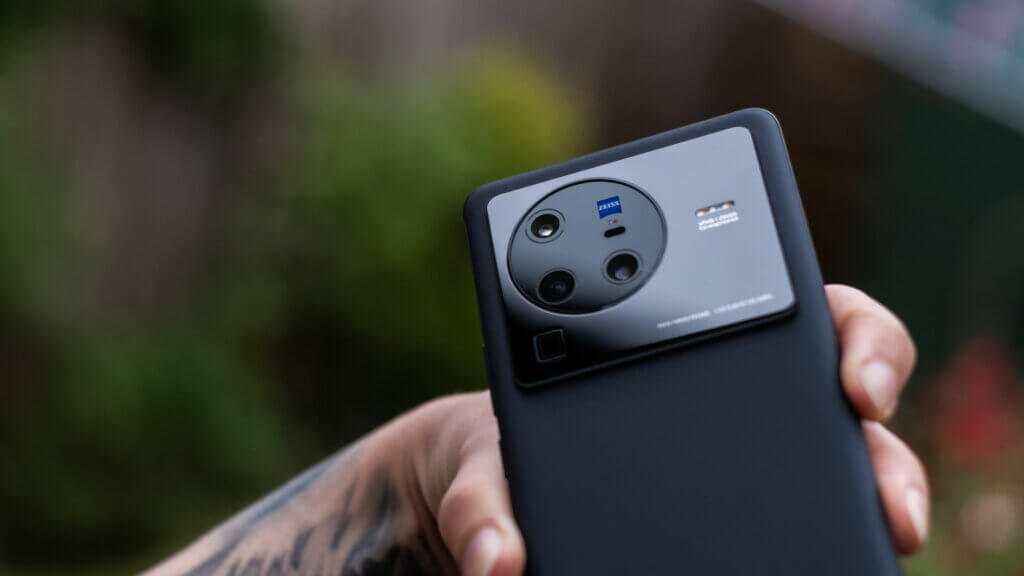
V1 Imaging Chip
Vivo has added its proprietary V1 imaging chip into the mix. The chip also includes an AI Video Enhancement feature which aims to improve night time capture.
Active Centering OIS System and 360-degree Horizon Leveling Stabilization
By combining OIS and EIS, Vivo created a system that allows the lenses to re-center and minimize motion blur.
In addition to that, the image stabilization can rotate the image according to the angular data and compensate for different levels of motion.
I confess I was impressed with it and it exceeded expectations – whether running or jumping or just shaking the camera, the video continued to shoot smoothly.
Portrait
This gives you amazing results, not going to lie. The Vivo AI team has created an AI model that leverages AI Skin Retouching and AI HD algorithms to help you create professional-looking portraits that maintain a natural, healthy look.

The Portrait camera is the one equipped with a gimbal in this instance, which means that you’ll be able to snap images in motion with a clear subject in focus and linear motion blur in the background.
Real-Time Extreme Night Vision and XDR
With this mode, your night photos will turn out more detailed and bright and, as mentioned above when talking about the V1 imaging chip, I was not expecting the camera to be able to take such clear shots in minimal light.
With the help of the XDR Photo technology, the images look more life-like and accurate to what you’re seeing with the naked eye.


Some of the photos shot at night time might actually prove to be too bright for some. However, as we well know, it’s better if the images are a little brighter than too dark, at least as far as photo editing goes.
Natural Color
Both Zeiss and Vivo were very focused on this feature during the development stage and the work they’ve put into it doesn’t go unnoticed. With the help of AI Perception technology, the phone adjusts tone, saturation, brightness and highlights detail in order to make the images look more natural, vibrant and closer to the real thing.


Zeiss Cinematic Style Bokeh
This new portrait style aims to simulate the same type of oval bokeh the Zeiss Cinematic/Anamorphic lens can achieve in filmmaking. This style is something Zeiss has put a lot of work into and something that is, actually, quite difficult to achieve.
It’s one thing to be able to create this look with a camera created specifically for filmmaking but to be able to recreate it on a smartphone is truly a feat of ingenuity.

Depending on the style and level of bokeh you go for, you will be able to still notice some artefacts; hair for example, is a bit of an issue, or anything that is thin and pokes out in the image.
But if you don’t aim for an extreme cinematic bokeh, then – with the right adjustments – you will get some pretty cool-looking images.
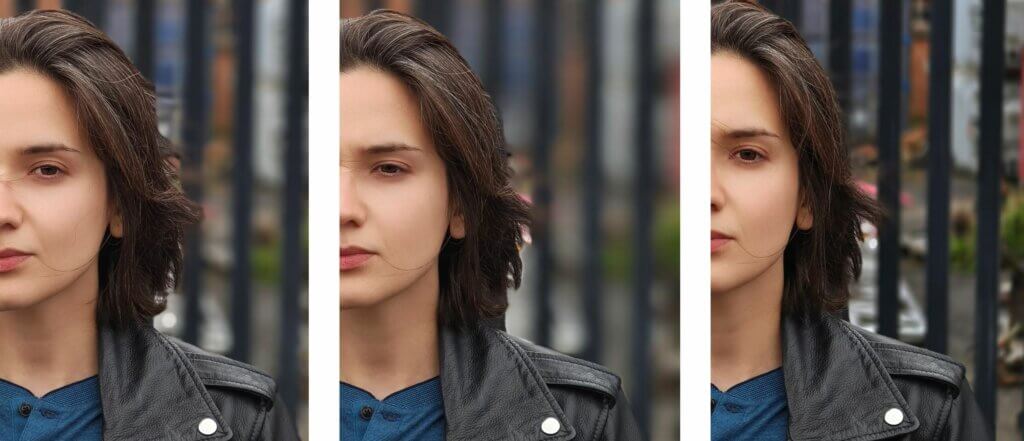
Other camera features include AI Video Enhancement, AI Group Portrait , Pure Night View and a Night Sports Mode that capture clear images of sports scenes with lower levels of noise.
Vivo X80 Pro: Pricing and Availability
For now, Vivo has only been able to confirm to me the prices the X80 devices will have in India.
The X80 Pro will only be available in the 12GB+256GB combo and will cost 86,999 INR – that is around $1122, after conversion. It will be available in Hong Kong, India, Indonesia, Southeast Asia (Thailand, Philippines, Malaysia, Vietnam, Singapore), Europe, Middle East (UAE, Saudi Arabia), Latin America (Mexico, Colombia, Chile, Peru).
As far as the vanilla Vivo X80, the 8GB+128GB combo will cost 59,999 INR, which roughly translates to $775, while the 12+256 variant will come with a price tag of 64,999 INR, which is around $840. It will be available in Hong Kong, Taiwan, India, Indonesia, Southeast Asia (Thailand, Vietnam, Malaysia, and the Philippines) and South Asia (Pakistan and Bangladesh).
Vivo X80 Pro: Conclusion
One of the things I have to admit is that Vivo continues to improve, and it shows. With every new X Series, the devices have seen design changes and almost every new model has stepped up in terms of performance when compared to its predecessors and the X80 Pro is no exception.
The cons are mostly the pricing, which is not super-affordable, the size, the bloatware it comes with and the punch-hole camera placement, which is not really the most elegant choice.
The pros of this device however, far outweigh the cons: the battery not only charges crazy fast but it also lasts for a decent amount of time. The phone is very responsive and it features some of the best cameras of the year thus far.
I wouldn’t be surprised if we’ll soon see a ‘Shot on Vivo’ series showcasing its video capabilities.
Also read: IQOO 9 Review: The Vivo Flagship You Wish You Could Buy
Follow TechTheLead on Google News to get the news first.

